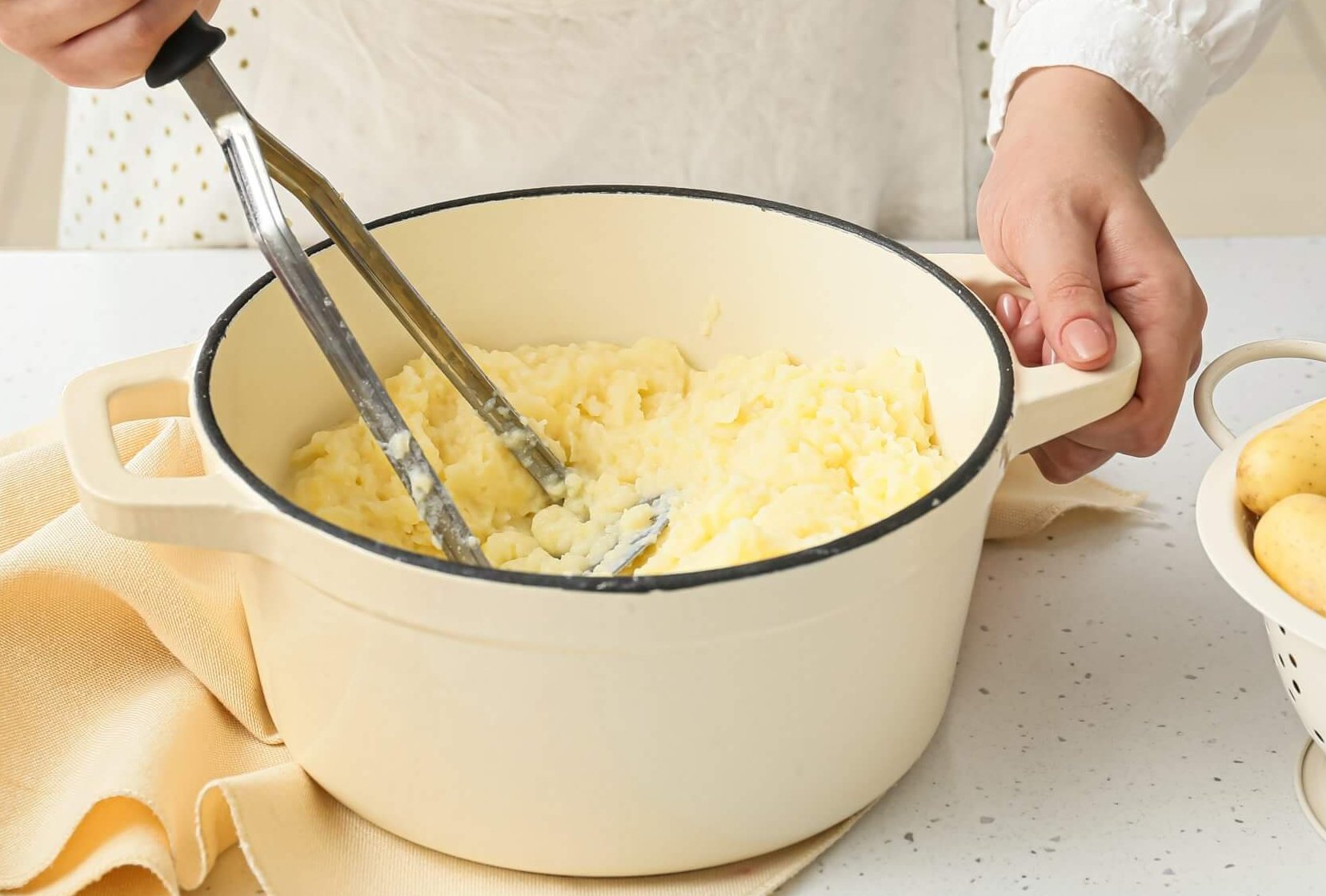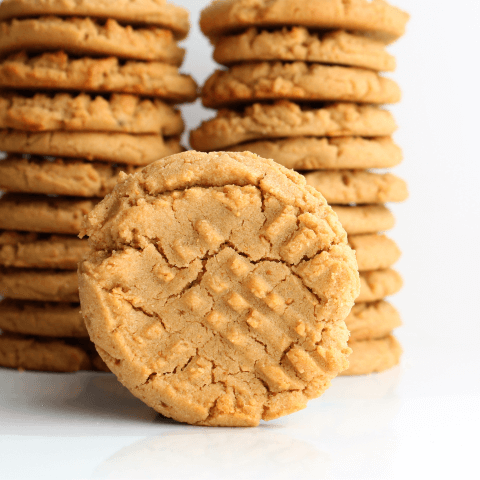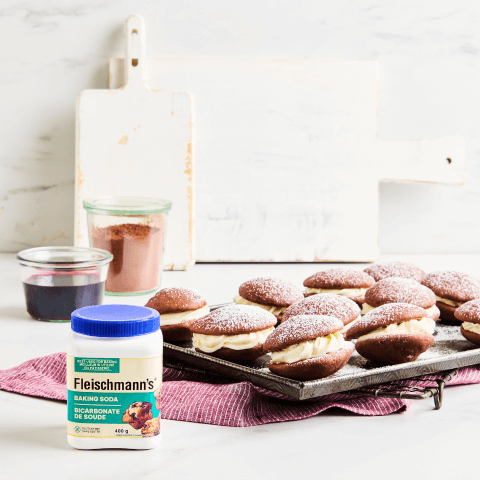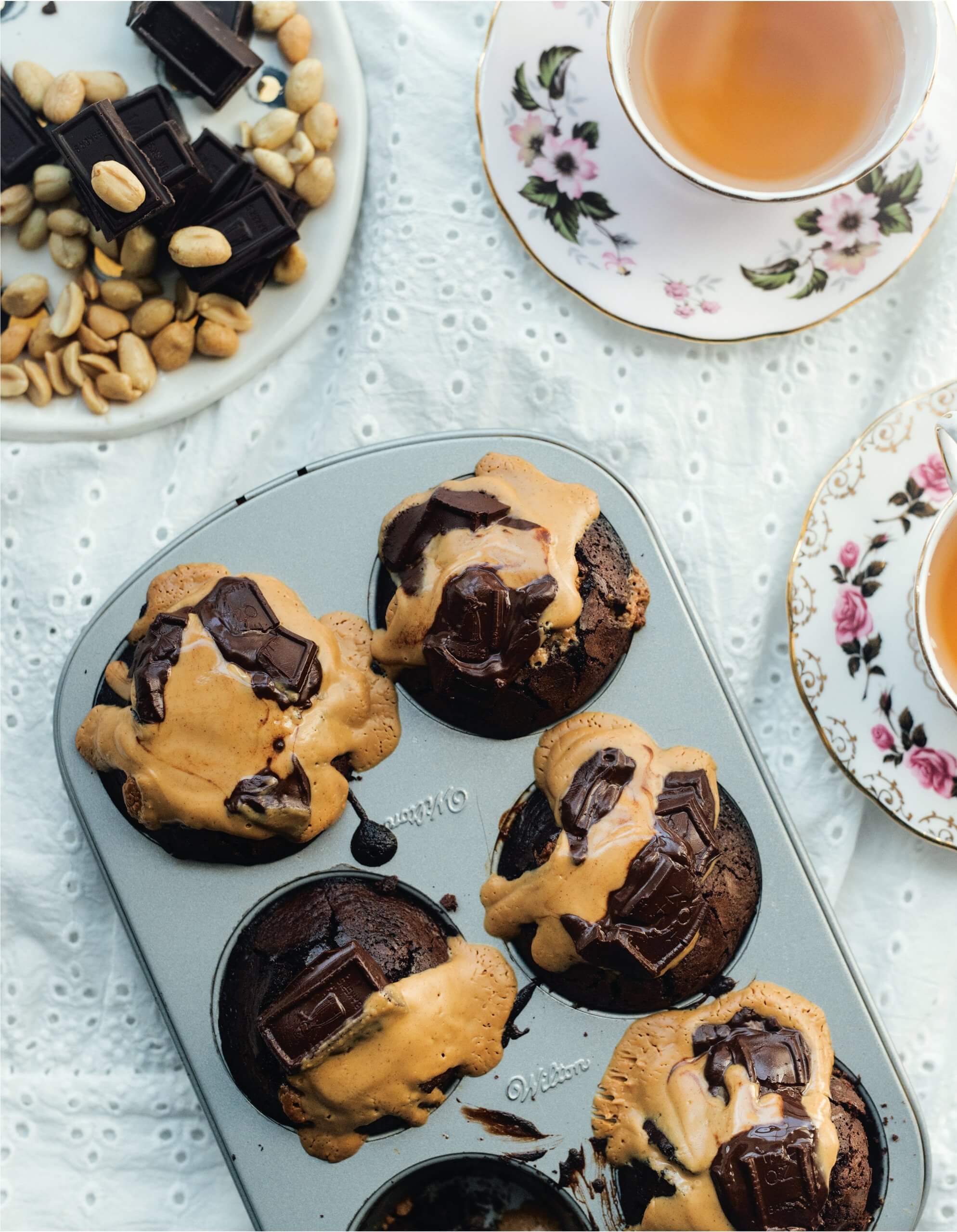Ever wonder why your mash turns out too watery? Got lumpy potatoes? Or worse, gloopy or stretchy mash? These tips and techniques will help you make the creamiest, fluffiest mashed potatoes every single time.
1. What are the best potatoes for mashed potatoes?
Not all potatoes are created equal. The best type of potato for mashing is one with a high starch content. To make great mashed potatoes, use russet, Idaho or yellow-fleshed potatoes, like Yukon Gold.
2. How do I make sure my mashed potatoes are smooth, not lumpy?
- The best way to avoid lumpy mashed potatoes is to chop the potatoes uniformly to ensure each piece reaches tender perfection at the same time.
- Always start cooking potatoes in ice-cold water. Why? Plunging potatoes into hot water cooks the outside faster than the interior resulting in uneven textures.
3. How do I make my mashed potatoes taste better?
Adding salt to the cooking water flavours the potatoes as they cook, just like pasta. Stir in more salt to taste once they are mashed.
4. How do I avoid soggy mashed potatoes?
The trick to avoiding having soggy potatoes, simmer instead of boil. That way you potatoes won’t take on too much moisture as they cook and you won’t have soggy mashed potatoes.
5. What kitchen tool makes the best mashed potatoes?
In a commercial kitchen it’s common to find a ricer, tami or food mill which are used to create restaurant-style fancy, fluffy pommes purée. But for the home cook, a metal potato masher is just right for the job. Plus, it’s a versatile tool that can be used for so much more than simply potatoes, like mashing canned whole tomatoes for sauces, avocadoes for guacamole, beans for refried beans or bean patties, bananas for banana bread and smashburgers!
6. How do I avoid making watery mashed potatoes?
Excess moisture in the potatoes is the number one cause for watery mash. Avoid making watery mashed potatoes by draining your potatoes, then returning your drained potatoes back into to the pot and shaking over heat. The water evaporates and fluffy potatoes remain.
7. How do I make sure my mashed potatoes are creamy, not gluey?
Heat the milk or cream before adding it to the potatoes. Because the heated ingredients will absorb quickly into the potatoes, you’ll be less tempted to over-mix and your mashed potatoes will remain smooth and creamy, not gluey.
8. How do I avoid drying out my mashed potatoes?
- Mashed potatoes continue to absorb moisture and dry out as they sit.
- To avoid dry mashed potatoes, mash them in the last 30 minutes before serving instead of prepping in advance.
- Serve in a deep casserole or soufflé dish to hold the heat.
- Alternatively, make your mashed potatoes two to three hours before serving and put them in a deep, covered ovenproof casserole. An hour before serving dinner, put casserole in a 350°F degree oven for 30 minutes.
9. How many potatoes per person do I need for mashed potatoes?
A golden life lesson is to always make more mashed potatoes than needed so you have leftovers.
10. How do I reheat mashed potatoes?
Reheat by either placing in a covered, microwave-safe dish and microwaving for about 5 minutes. Or, you can reheat mashed potatoes in the oven by placing in a glass baking dish, covering with foil and baking at 350°F until heated through, about 30 minutes.
















